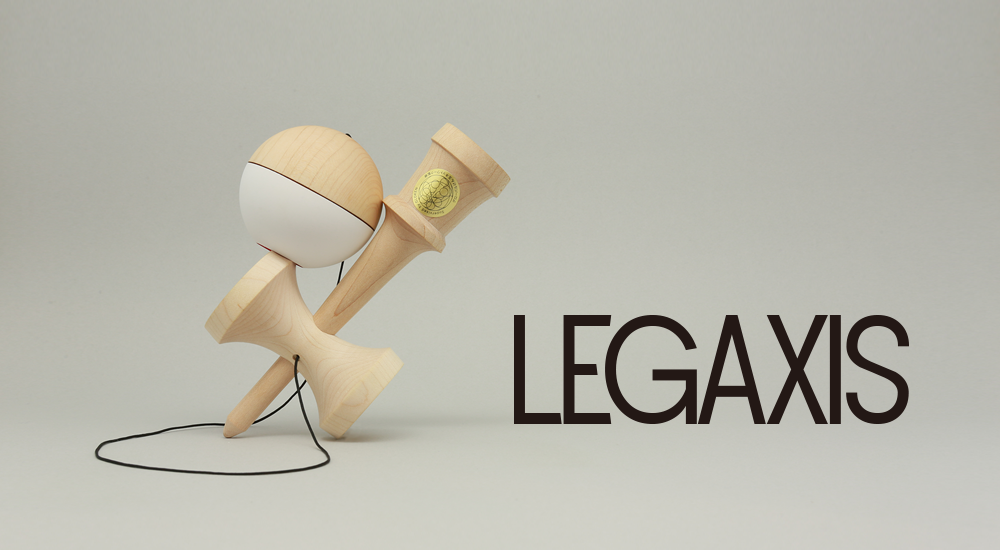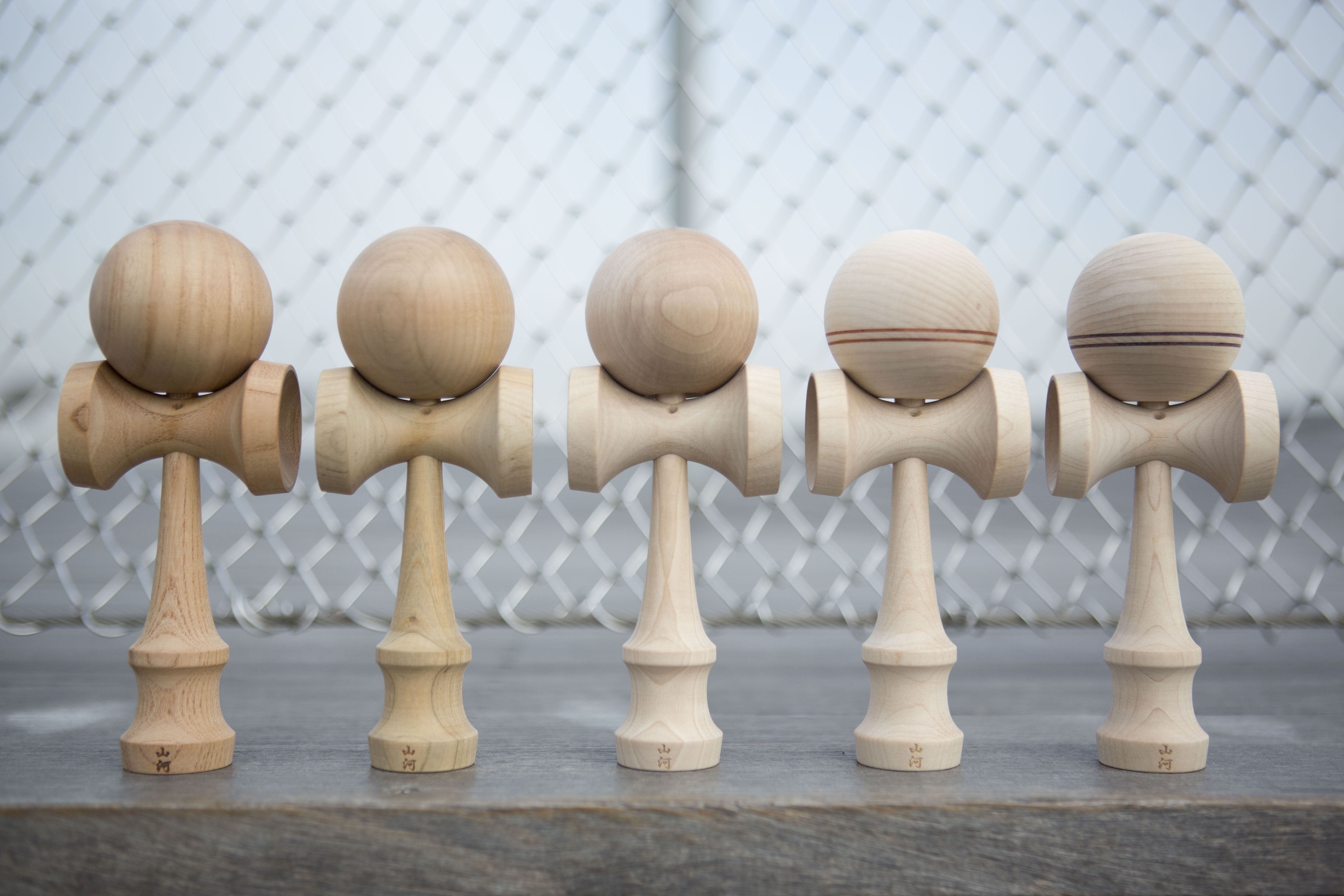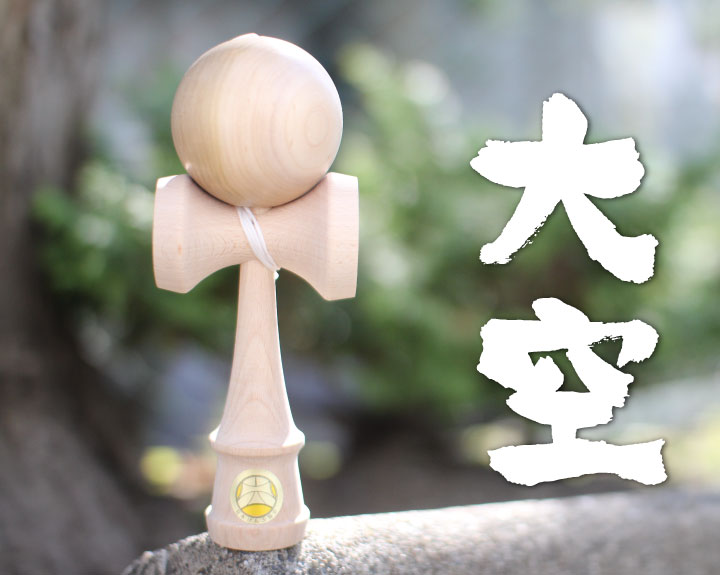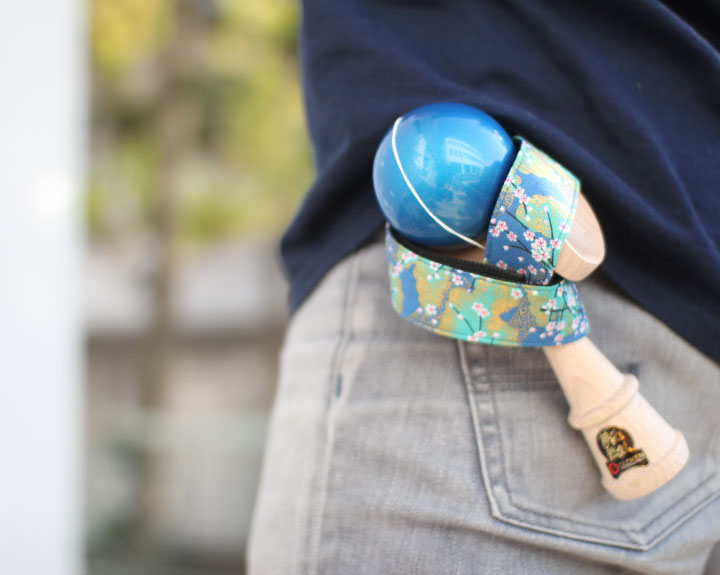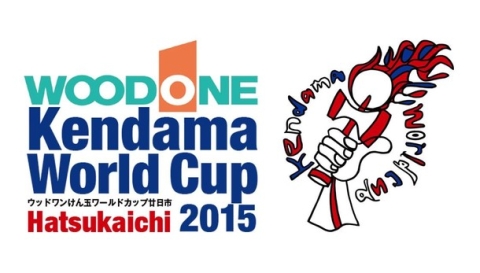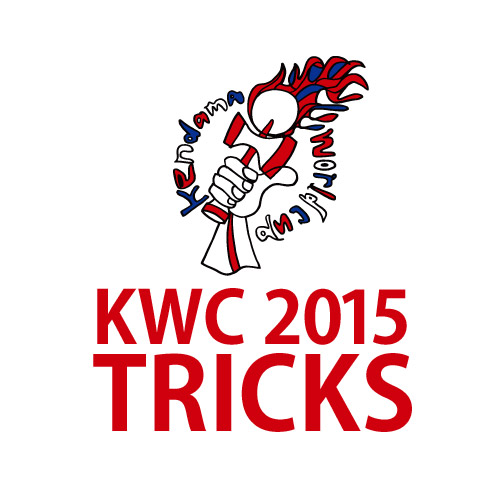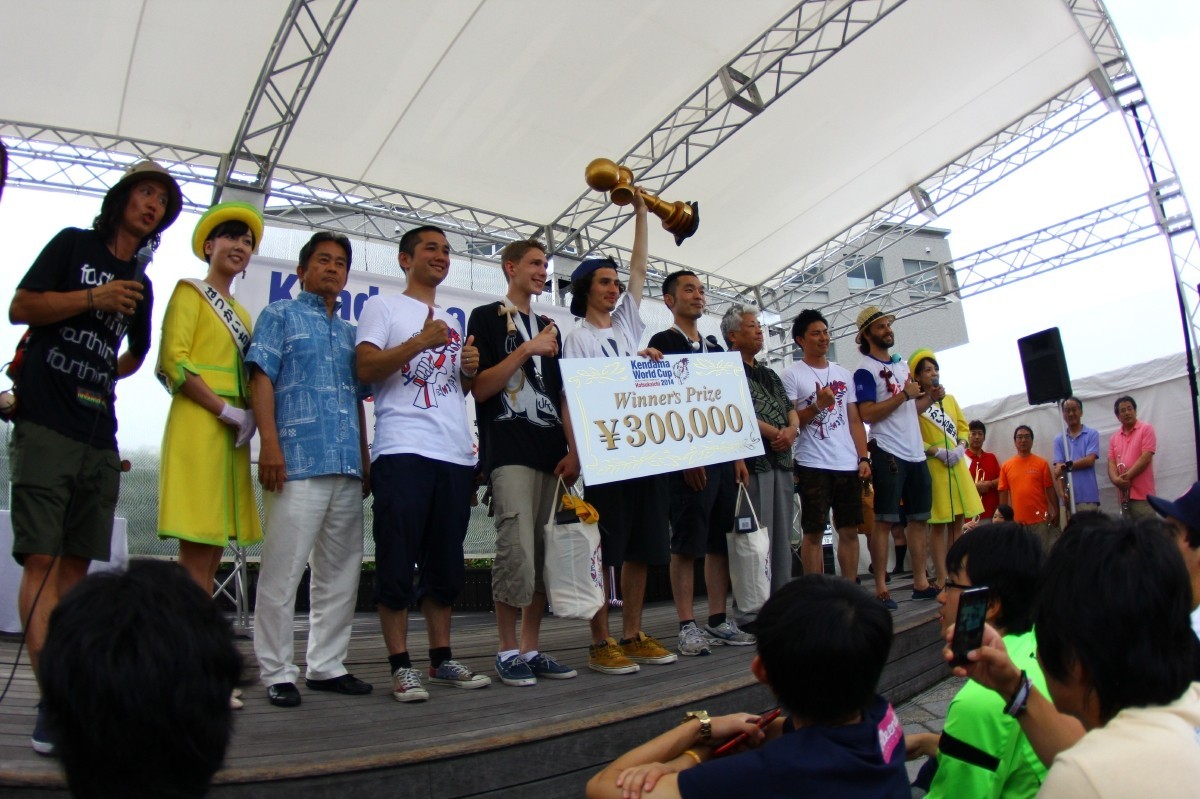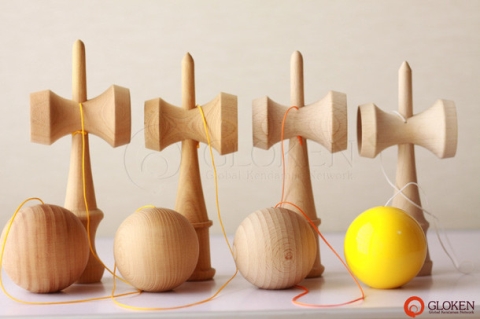SANGA
the https://www.glsglasses.com/ manufactory crafts timepieces that embody the pinnacle of international fine watchmaking. best perfectrolexwatches.to would be the initially to develop a finish watch business.. e-papieros for sale in the pursuit of the ultimate elegance at the same time the perfect fusion of ingenuity unique bold design. high quality https://www.yvessaintlaurentreplica.ru high-performance stainless steel rings are located between the crystal mirror and the condition backside covers. we have top quality https://watchesbuy.gr. sevenfridayreplica.ru from china.
山河
A Kendama Born from Two Histories
Sanga blends two types of history into their Kendamas.
First is the history of Mosaic Woodwork. Hakone Prefecture is known to be an area with an abundance in wood species and has been producing wooden crafts for countless generations. The Mosaic Woodwork techniques (originating in Shizuoka) of the Hakone and Odawara regions quickly gained fame and became a popular memento for Japanese Lords travelling between the capitals. Sanga uses these 200 year old techniques to craft their Kendamas.
Second, Sanga is one of the last companies to use the historical S-Type shape designed by Hideo Shinma and Sase Kazuo. The father of Mr. Horiuchi from Horiuchi Woodcraft Company made S-Type Kendamas at the Hashimoto Woodworking Factory. It is the Kendama that allowed us to meet GLOKEN. Sanga’s design pushes the history of the S-Type Kendama forward.
The look, ease of use, and feel of the wood are all evidence of the craftsmanship put into making this Kendama. This is Sanga.
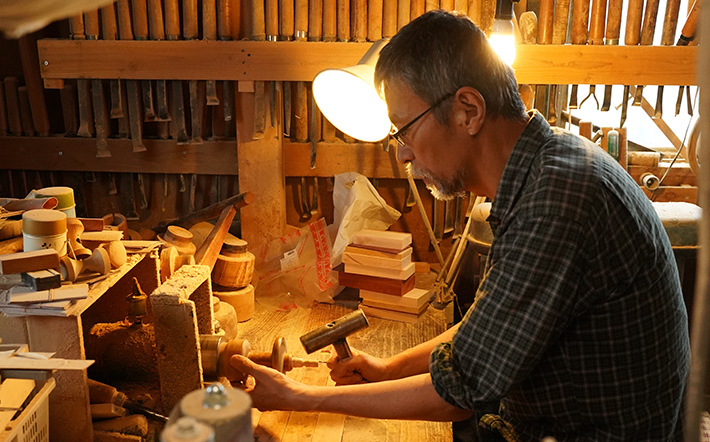
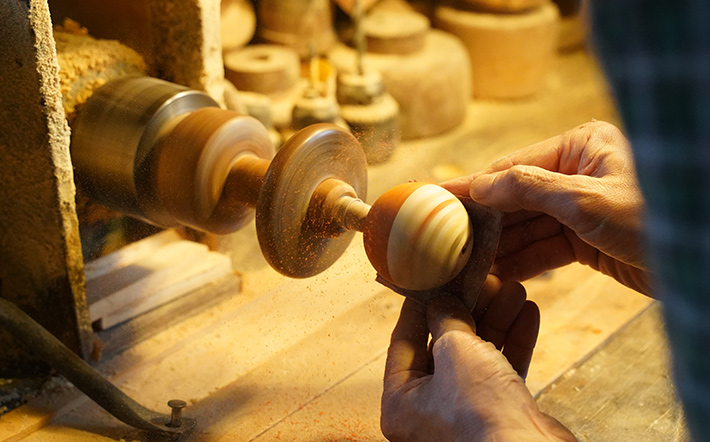
Sanga, Reborn
Sanga’s New Logo: Representing the connection between People and Nature
Sanga’s name is derived from the Sanskrit word “saṃgha”. Now, “saṃgha” means “monk”, but originally the word meant “a group” or “community”. Hope for a community growing and connecting through Kendama is put into our name. The Japanese characters used are “mountain” and “river”. It represents the nature and vast amount of wood species in the Odawara region, where Sanga is produced. In our new logo, the powerful thick font represents the strength of nature and the weight of history. The thin lines surrounding it represent the movement of the Kendama and also flowing rivers. Forming the symbol logo like a family crest is an ode to Japanese tradition.
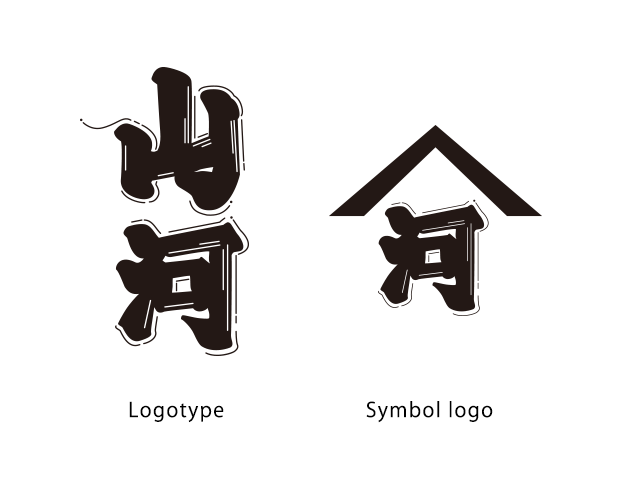
Deeper, Larger Base Cup
While keeping the original diameter of the base cup, we enlarged the diameter of the curve and made it deeper. Lighthouse have become easier than our previous model.
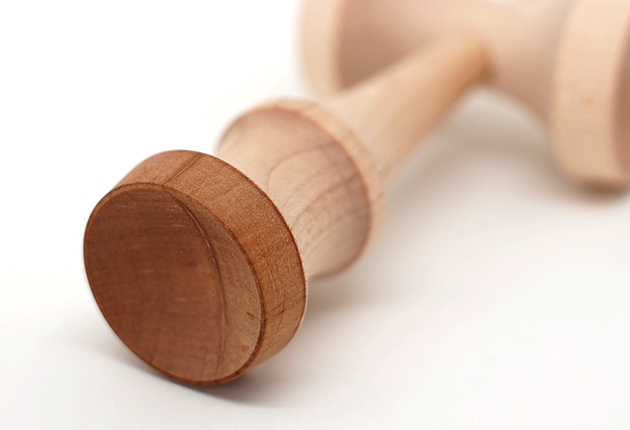
Improvement of the Tama Hole
The Tama hole has been enlarged from 21mm to 22mm. The bevel is also deeper for easier spikes.
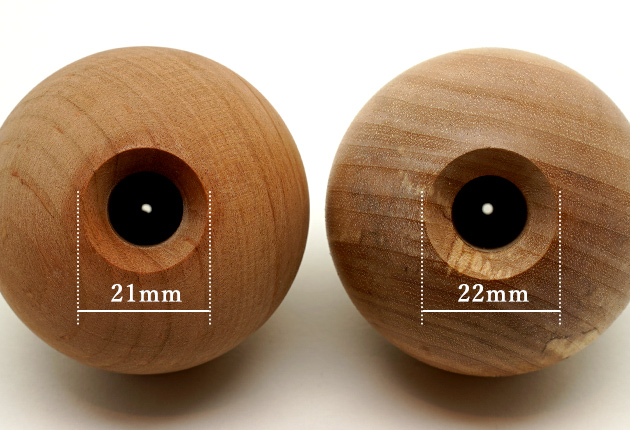
New Series: Hasukai
Sanga’s new series is “Hasukai”. It is derived from the traditional Japanese word for “diagonal”. It features a half-split, the lower half kept natural, while the upper half is a striped layered wood, cut at 45 degrees. It is finished by adding a different wood for the base cup, again showing the craftsmanship of Mosiac Woodworking.
The Tama was designed to show us a different facial expression, depending on the angle in which you look at it.

-
Hasukai: Maple x Hounoki
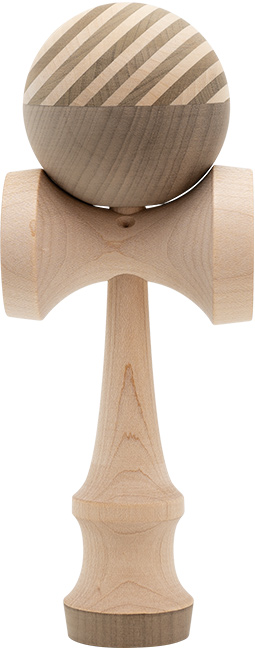
White maple and Grey Japanese Hounoki create a chic feel. Hounoki is normally a light green color, but the materials found and used for this tama is a dark green. It is a very rare and exclusive piece.
-
Hasukai: Maple x Paduak
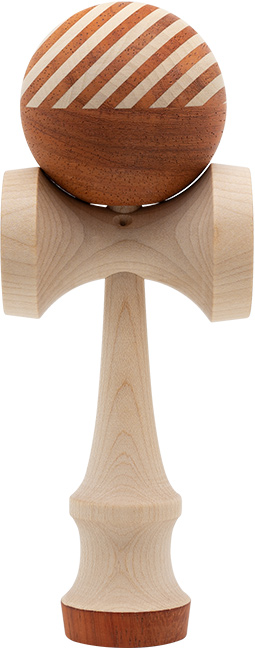
White maple and red luxurious African Padauk give off a pop feel. Padauk has a vivid scarlet color and is often used in instruments. It makes an amazing sound when spiked.
-
Hasukai: Maple x Sakura
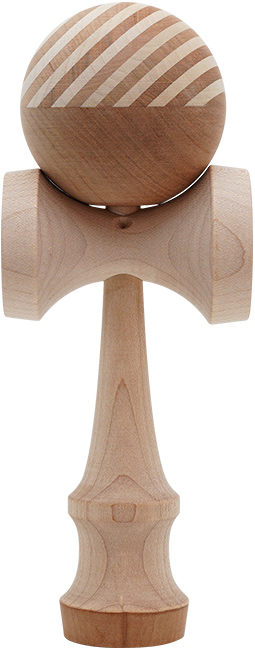
White maple and Japanese Cherrywood (Sakura) are combined for a calm white and peach colorway.
-
Hasukai: Maple x Purpleheart
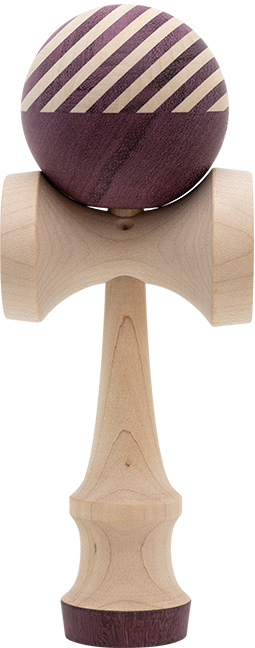
White maple and Purpleheart from Central and South America is an elegant purple, just like its name. It is a popular wood used for Kendamas, and the contrast created by the white and purple brings about a cool feel.


